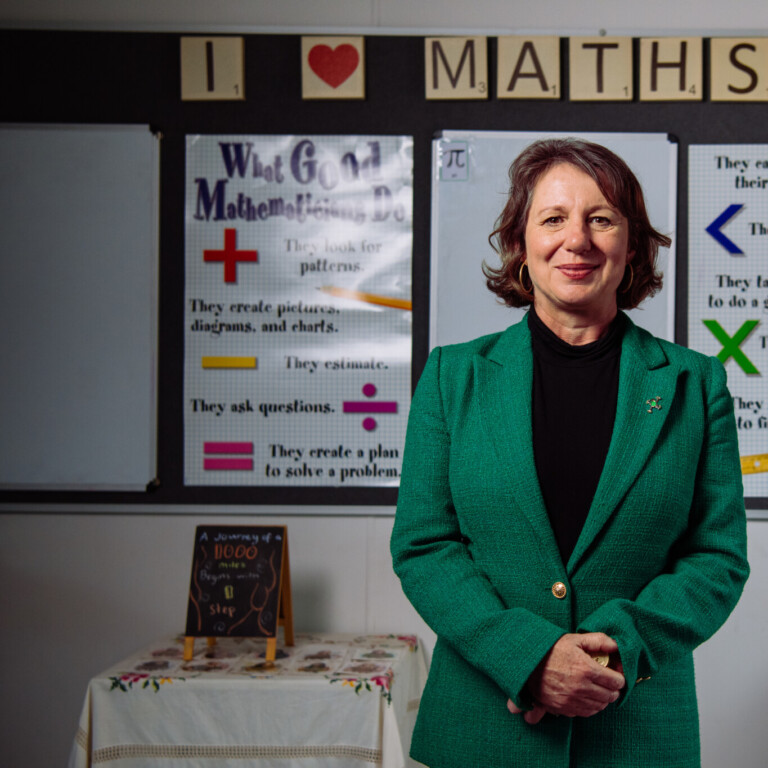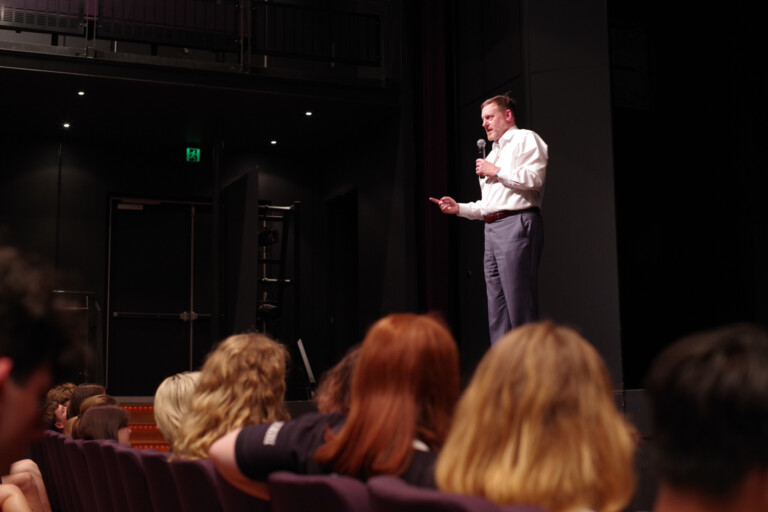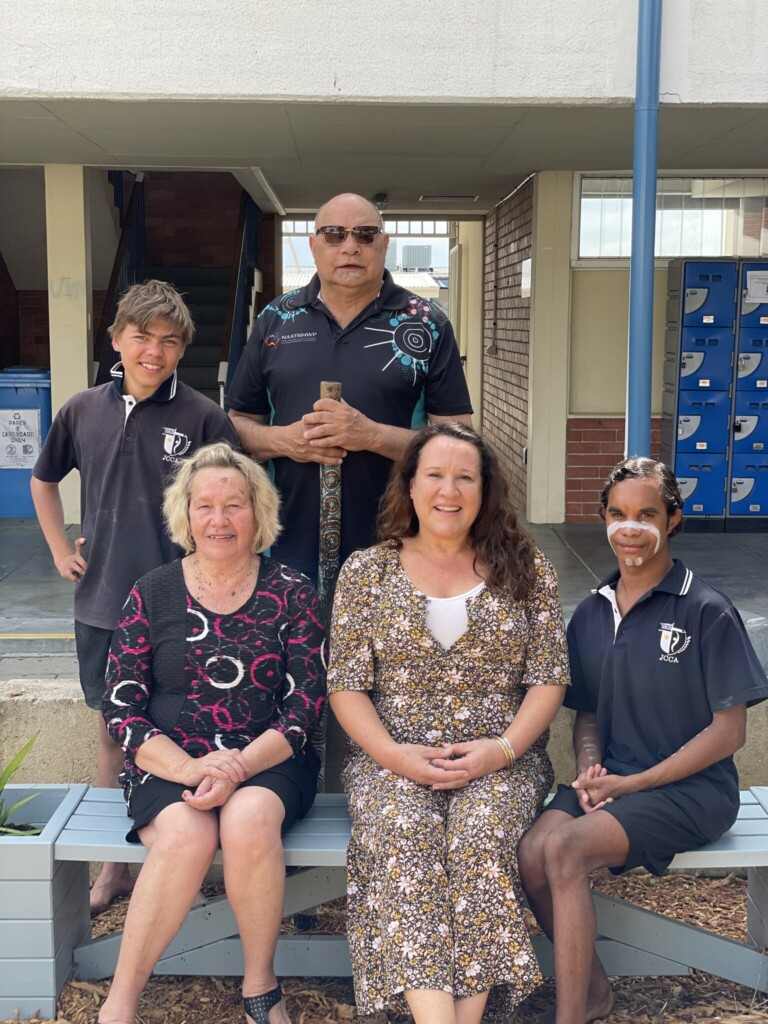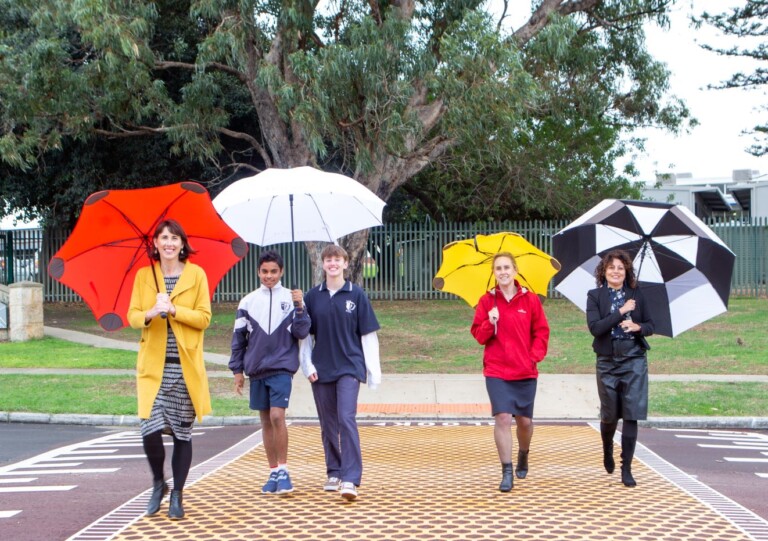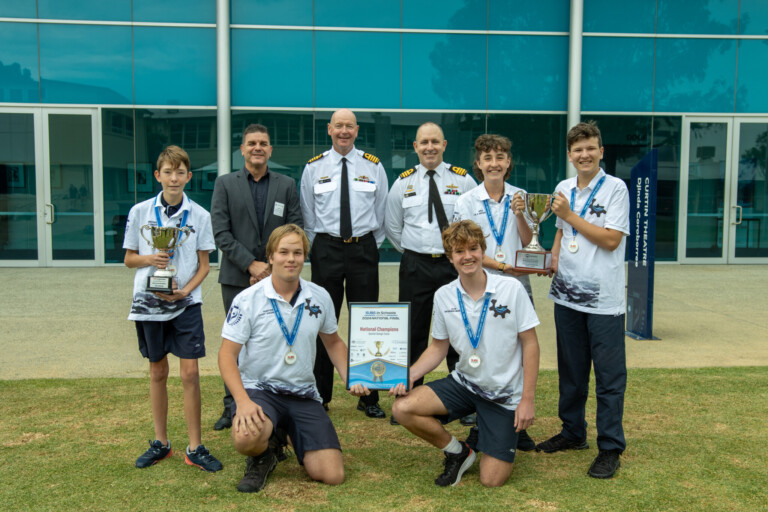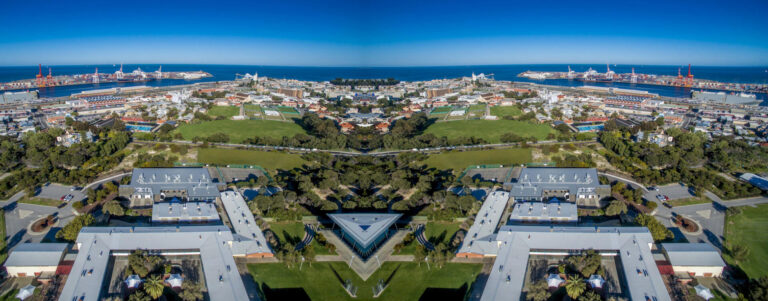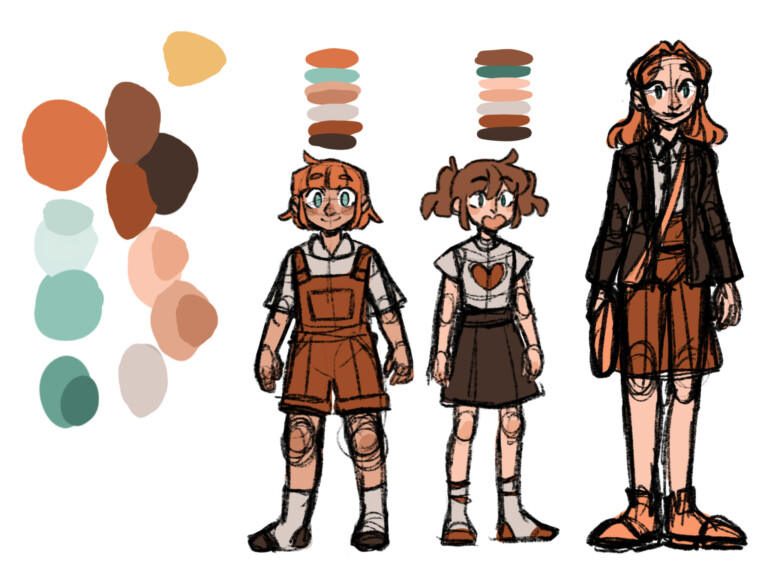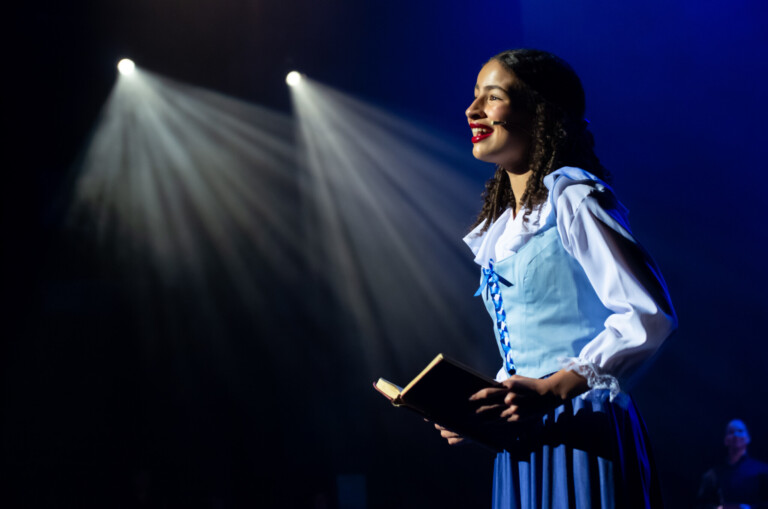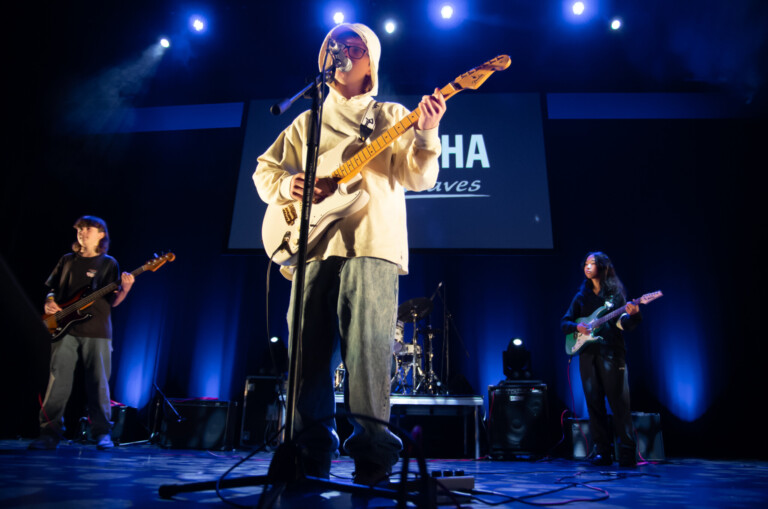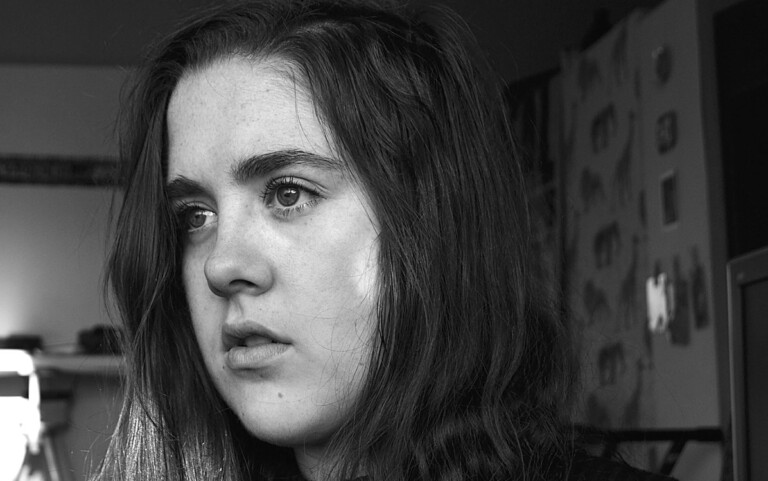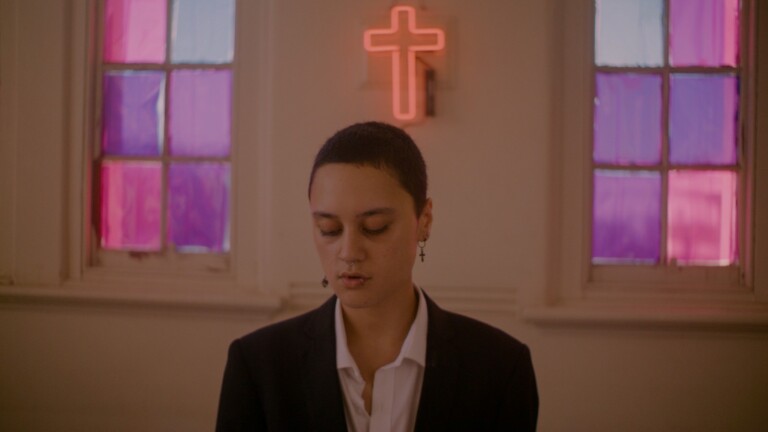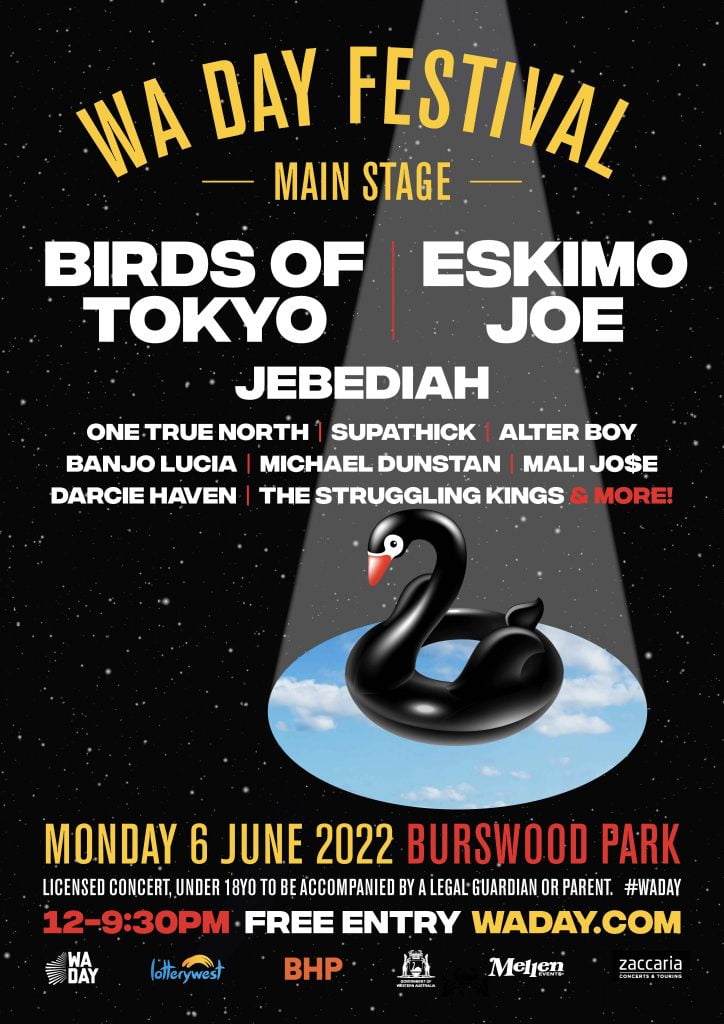The West Australian Pulse is a Perth institution, celebrating its 32nd year of showcasing the best visual art created by graduating Year 12 students from across Western Australia. This year’s exhibition features 60 works by talented young artists, including two exceptional students from JCCA, Christian Boniwell and Zoe MacFarlane Reid.
Boniwell’s Exploration of Loss and the Price of Victory in Sports
Christian Boniwell’s evocative sculpture tackles the complex relationship between athletes, masculinity, and the toll competitive sports can take. The piece is a powerful commentary on cultural values and the hidden injuries within the world of athletics.
At the heart of the sculpture lies a deflated football, meticulously carved from marble. This traditionally symbolic material of idealized masculinity is here a stark contrast to the inflated perfection often associated with athletic achievement. The “empty” form speaks to the “delicate and vulnerable side” often overshadowed in sports culture.
Boniwell doesn’t stop at just masculinity. The tools included – a hammer and chisel – represent the relentless pressure on athletes to achieve. However, these tools are imperfect, mirroring the “toxic and harmful mindset” that can lurk behind the pursuit of athletic success. The cracked and ineffective tools become a metaphor for the flaws in a culture that prioritizes winning at all costs.
The sculpture delves deeper, with a hollow cavity representing the profound sense of “dislocation and emptiness” Boniwell feels due to his forced disconnection from the sport he once loved. The rough exterior reflects the constant threat of physical and emotional harm.
MacFarlane Reid’s Ode to Flow and the Life Force Within
Zoe Macfarland’s captivating installation, “Natural Conduits,” takes inspiration from the concept of infestation. But her interpretation transcends negativity. Macfarlane uses it to explore interconnectedness, organic growth, and the inherent life force present within seemingly inert materials.
The initial spark for “Natural Conduits” emerged from a meditative engagement with materials. As Macfarland experimented, she describes a sense of flow, as if an “inner presence” guided her hand. This surrender to a creative current led to a profound realization: the artwork itself seemed to possess its own life force, and Macfarlane’s role became one of facilitating its expression.
The resulting forms evoke a sense of the natural world. Organic shapes reminiscent of internal organ pathways and jellyfish polyps emerge from the copper wire, acting as visual metaphors for the vital conduits that sustain life.
Beyond individual forms, the piece creates a sense of community. The interconnected lines suggest a network of life force, similar to how trees communicate with each other. The influence of gravity further emphasizes this interconnectedness, pulling the hanging forms downwards in a unified display.
Macfarland acknowledges the influence of artists who use similar wire-based techniques. However, she goes beyond mere technical inspiration. By using copper wire, a material derived from nature but transformed into an industrial product, she blurs the lines between the natural and the man-made. The copper, once a conduit for electricity, is now reborn, representing the interconnected web of life within the natural world.
Congratulations to Christian and Zoe on their well-deserved recognition!





